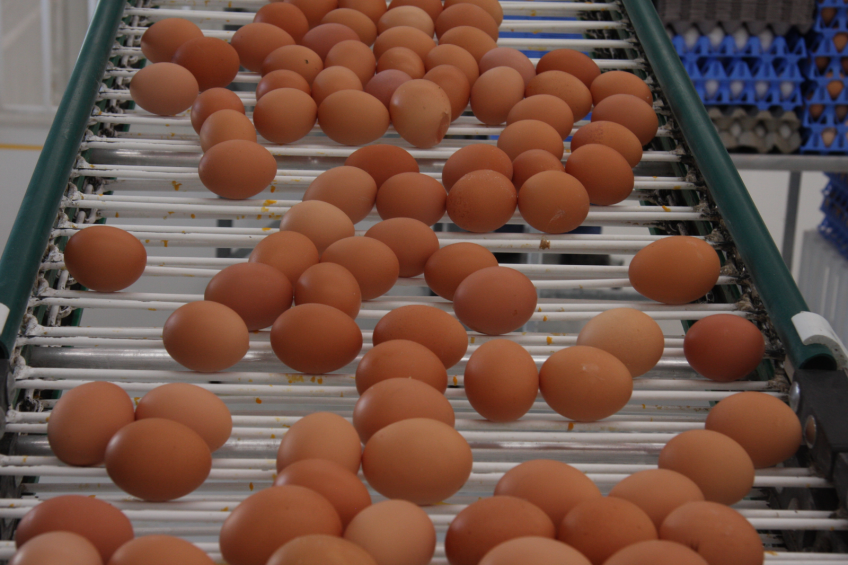Various Salmonella infections in humans

S. enteritidis is without doubt the serovar most commonly implicated in egg-associated outbreaks of salmonellosis in Europe and North America from 1986 to 2009.
Other serovars have also been implicated however, most notably S. typhimurium. The number of infections caused by such serovars, compared to S. enteritidis, are small, yet quite substantial and on occasion have resulted in hospitalisations and deaths.
There is no evidence to suggest that these serovars either have been established for long periods or transmitted vertically in poultry flocks by the transovarian route, although certain strains within some serovars, eg. S. heidelberg, have been shown to have the capacity for ovarian infection. In the EU, S. enteritidis (and S. typhimurium) in laying hens is now subject to harmonised monitoring and control. This is likely to result in a substantial reduction in the prevalence of S. enteritidis in humans.
There are, however, fears that another strain may increase to fill this niche and one group of strains that is rapidly increasing in food animals and humans worldwide is the monophasic group B cluster within S. typhimurium DTs 193 and 120.
In addition, different serovars may have different sources, for example feed, breeding stock, rodent pests or persistent environmental contamination. Suitable biosecurity and vaccination programmes are needed to minimise the risk for introducing new zoonotic serovars into the egg industry.
Source: E.J. Threlfall, J. Wain, T. Peters, C. Lane, E. de Pinna, C.L. Little, A.D. Wales and R.H. Davies, World’s Poultry Science Journal Vol. 70, (2014)













